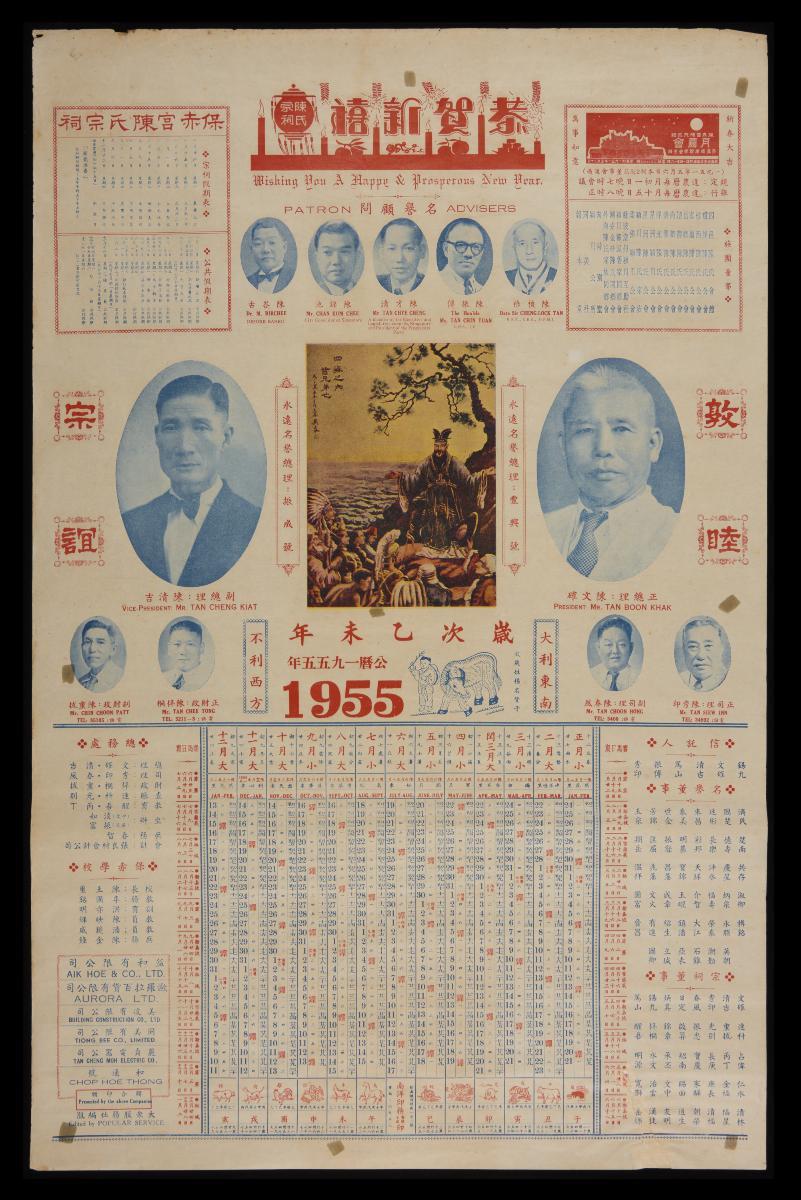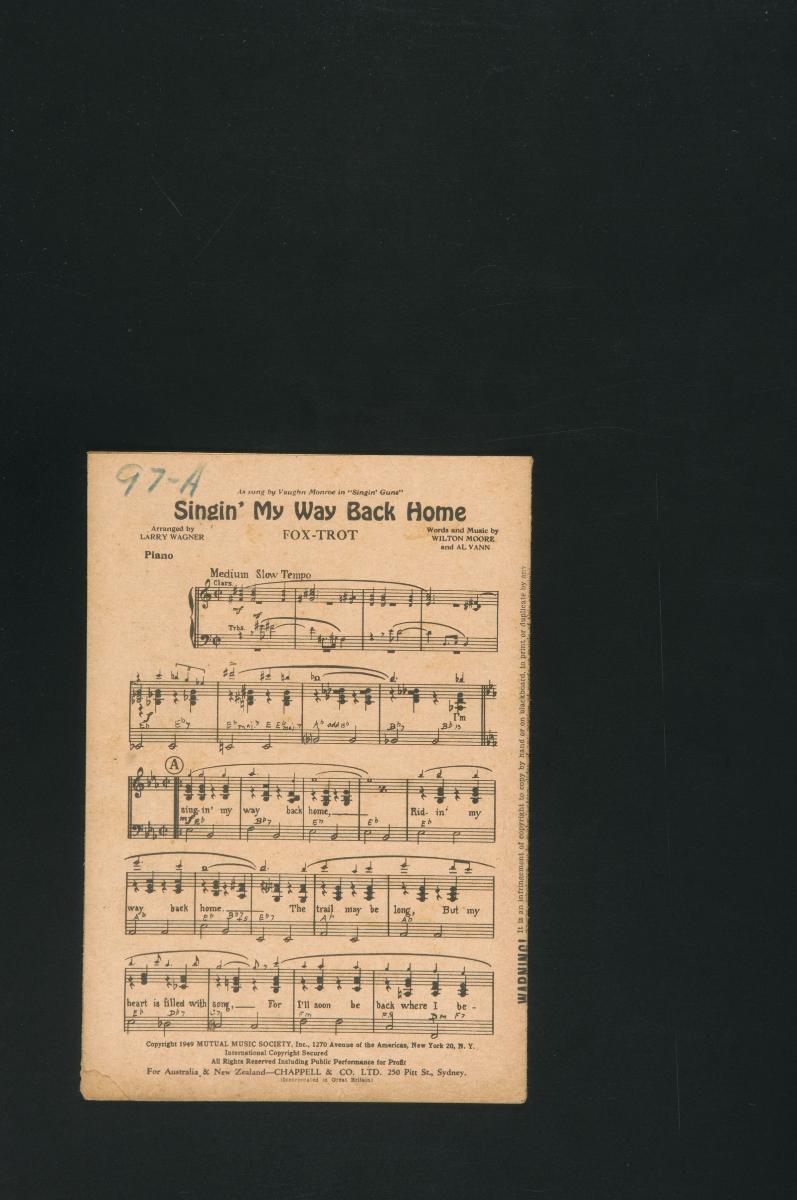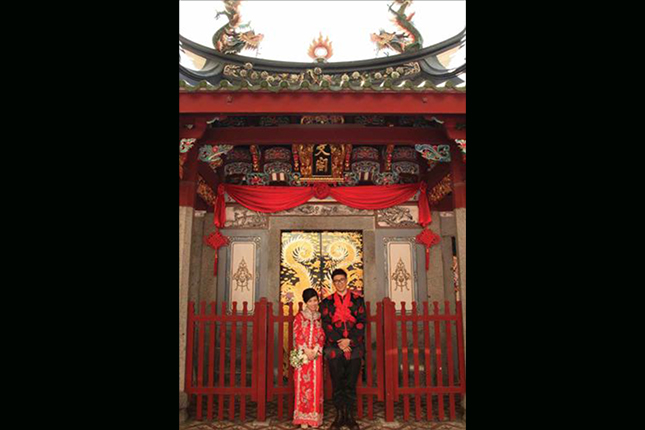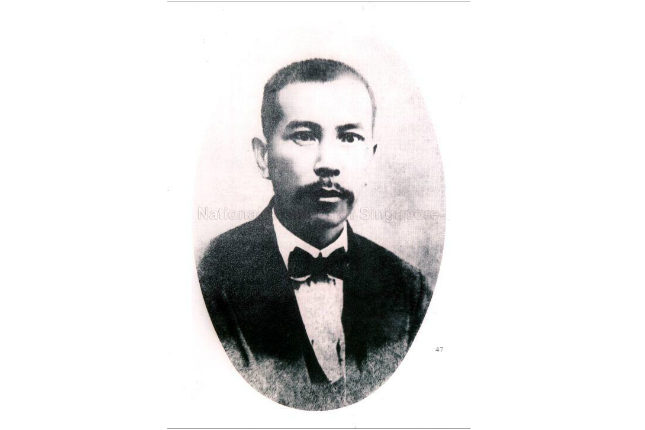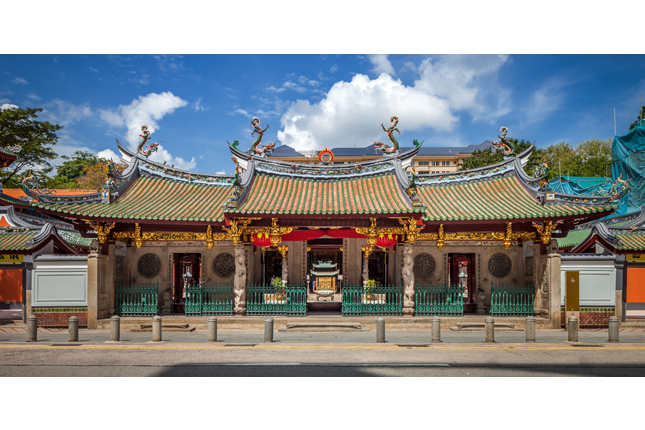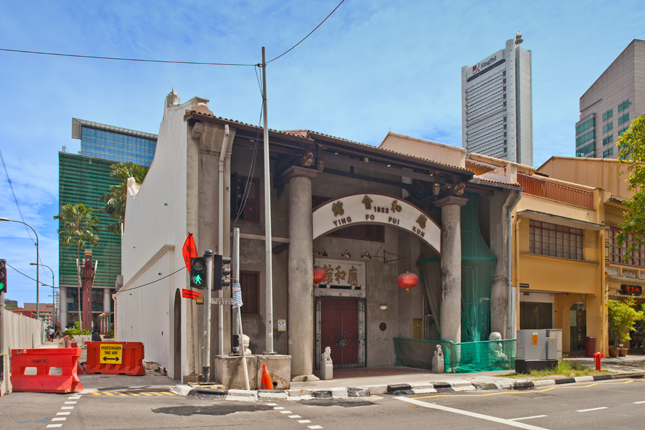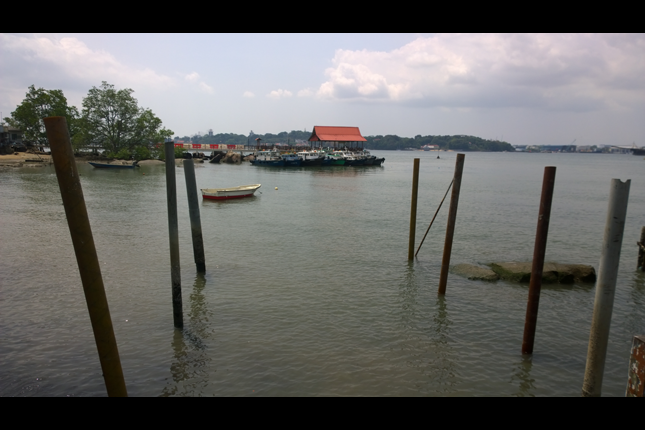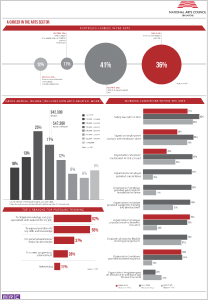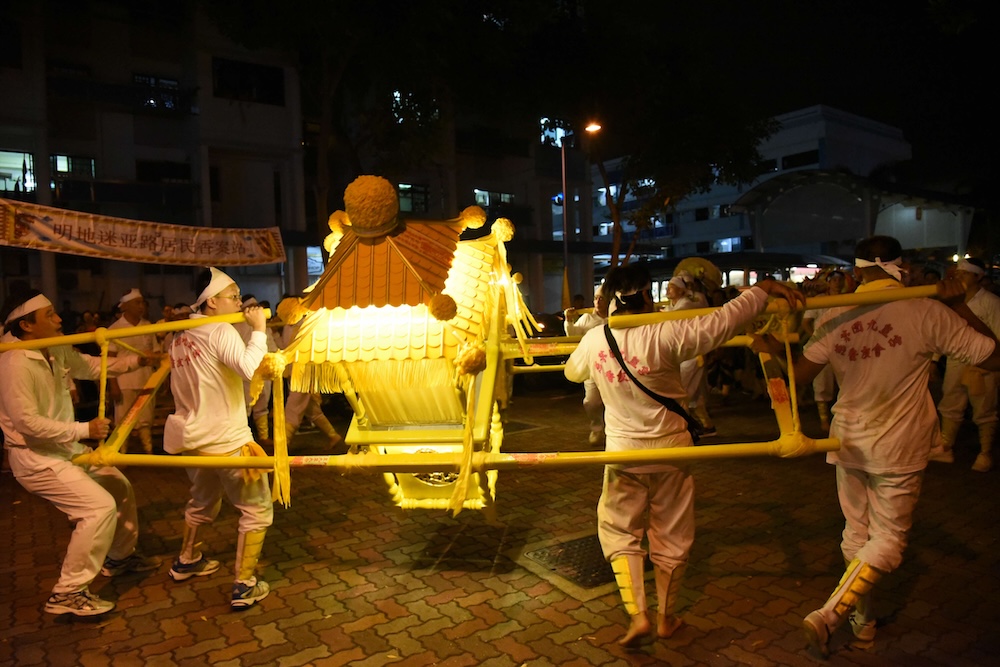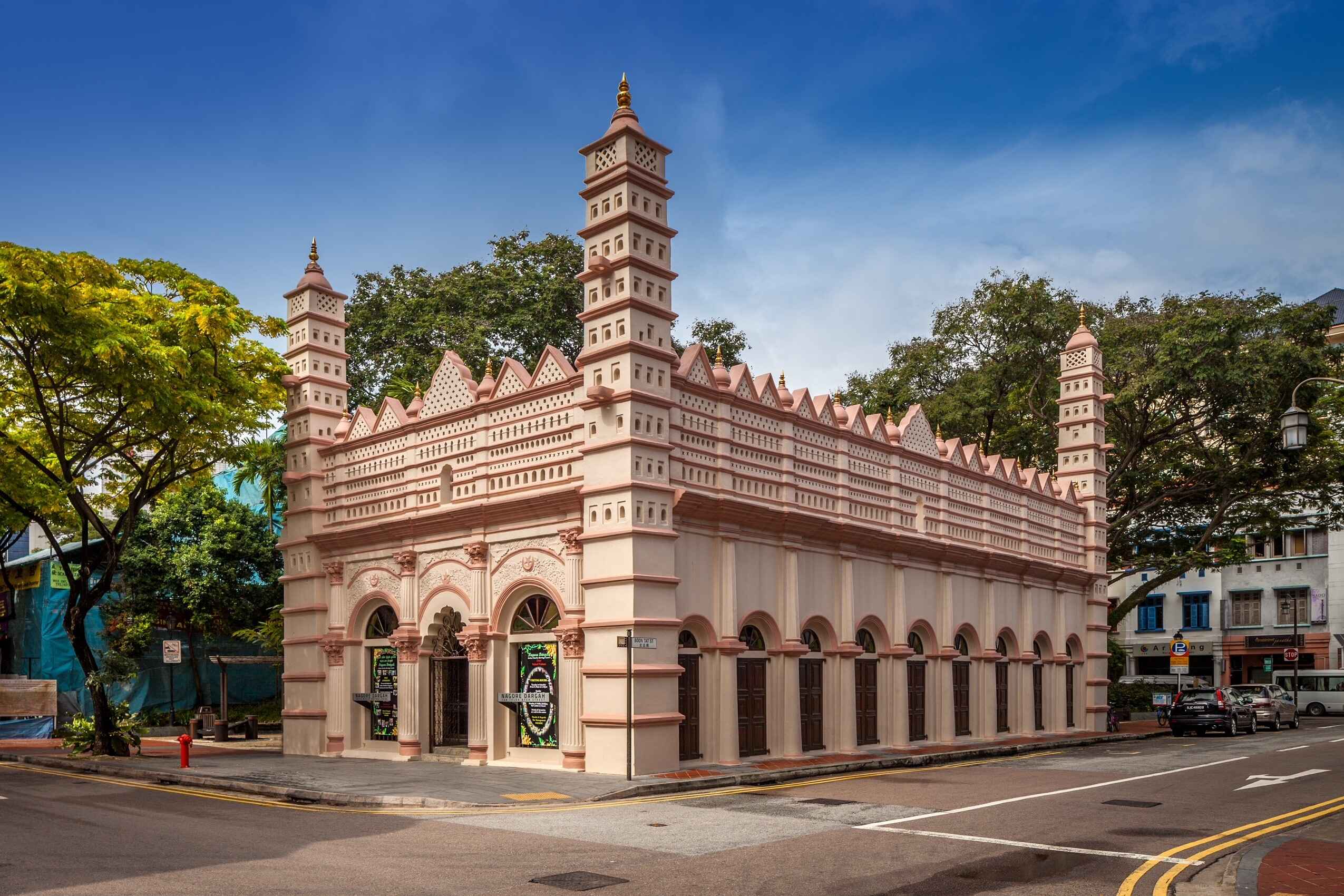The history of Tan Si Chong Su (陈氏宗祠, ‘Ancestral Hall of the Tan Clan’) is inextricably linked to the influx of Chinese immigrants into Singapore during the late nineteenth century. It testifies to the contributions of the Chinese community to colonial Singapore’s growth and development.
Association with Prominent Chinese Philanthropists
Once located on the bank of Singapore River, Tan Si Chong Su now stands further inland as a result of land reclamation over the years. Its construction was funded mainly by Tan Kim Ching (陈金钟) and Tan Beng Swee (陈明水). Tan Kim Ching was the eldest son of the well-known philanthropist Tan Tock Seng (陈笃生), who had founded the Chinese Pauper Hospital (today’s Tan Tock Seng Hospital) and had donated substantially to the building fund of Thian Hock Keng. Tan Beng Swee was the son of Tan Kim Seng (陈金声), who is best remembered for his generous contribution to improve the local waterworks. A beautiful fountain commemorating Tan Kim Seng’s good work now stands as one of the Esplanade Park Memorials.
Protecting the Innocent
The temple is also known as Po Chiak Keng (保赤宫), where po chiak means ‘protection of the innocent’, reflecting the temple’s role in mitigating disputes and providing protection for newly arrived Chinese immigrants in the past. This function was similar to that of the Chinese Protectorate, which was established in 1877 and was later housed in the Former Ministry of Labour Building.
Deities
Chen Sheng Wang (陈圣王, ‘Sagely King Chen’), the chief deity of the temple and patron of the Tan clan, is enshrined in the Main Hall. Born Chen Yuanguang (陈元光), he was a general and official of the Tang court (618–907) who was credited for pacifying and developing towns in southern China, such as Zhangzhou and Chaozhou. As a result, the Minnan region became stable and prosperous. The benevolent and able leader was later deified and worshipped by many in southern China, Taiwan, and Southeast Asia.
Other deities honoured in the temple include Yu Huang Shangdi (玉皇上帝, Jade Emperor), the highest divinity of Taoism; Emperor Shun (舜帝), a legendary Chinese king; Mazu (妈祖), Goddess of the Seas; Goddess of Mercy (观音菩萨); and Confucius.
Ancestral Shrine
Ancestral tablets of outstanding Tans, including the temple’s founders and past trustees, are enshrined in the Rear Hall. The ancestral shrine also holds tablets of members from seven other surnames: Lu (陆), Sun (孙), Tian (田), Yuan (袁), Hu (胡), Yu (虞), and Yao (姚). It is believed that Chinese with these eight surnames are consanguine and share a common ancestry.
Po Chiak School
In 1889, Yu Lan Study Hall (毓兰书室) was founded as a private school within the premises of Tan Si Chong Su and was later renamed Po Chiak School (保赤学校) after the Japanese Occupation (1942–1945). It catered primarily to the children of the Tan clansmen. At its peak, the school had approximately 200 students. Due to declining enrolment in the late 1950s, Po Chiak School closed in 1962.
Architecture and Furnishings
Tan Si Chong Su is an example of traditional Hokkien architecture and comprises three halls, a typology common among Chinese temples. A defining feature is the curved roof ridges with forked ends upturned like swallow tails. Similar to those of Thian Hock Keng, Hong San See, and Lian Shan Shuang Lin Monastery, the roofs are decorated with various sculptures of dragons, flowers, and animals. These were crafted using the jian nian (剪粘, ‘cut and paste’) technique: colourful ceramics are carefully cut into smaller fragments and pieced together to form beautiful ornamentation. The dancing dragons and flaming pearls symbolise power and justice, and immortality and perfection respectively.
Like Thian Hock Keng, the wall next to the temple’s left entrance (facing the road) is decorated with the relief of a dragon, while that of a tiger adorns the wall beside the right entrance. According to tradition, a devotee should enter a temple via the ‘Dragon’s Door’ (入龙门), symbolising his petition for the deity’s blessings, and exit through the ‘Tiger’s Gate’ (出虎口), signifying delivery from all misfortunes. The main entrance is believed to be reserved for the passage of the deities and is usually closed except on festival days.
The temple is replete with intricate carvings and beautiful paintings. Granite columns with sculptures of dragons – rarely found in Singapore – can be seen at the temple. Dragons and door deities are painted on the solid timber double-leafed doors leading into the entrance hall to protect against evil spirits trying to enter. Colourful wall murals depicting scenes from Chinese myths, in particular those associated with the legendary Emperor Shun, decorate the temple’s interior.
Tan Si Chong Su Today
Tan Si Chong Su remains a popular place of worship for Tans today. The temple committee also organises various religious and cultural activities for its clansmen.
Our National Monuments
Our National Monuments are an integral part of Singapore’s built heritage, which the National Heritage Board (NHB) preserves and promotes for posterity. They are monuments and sites that are accorded the highest level of protection in Singapore.








